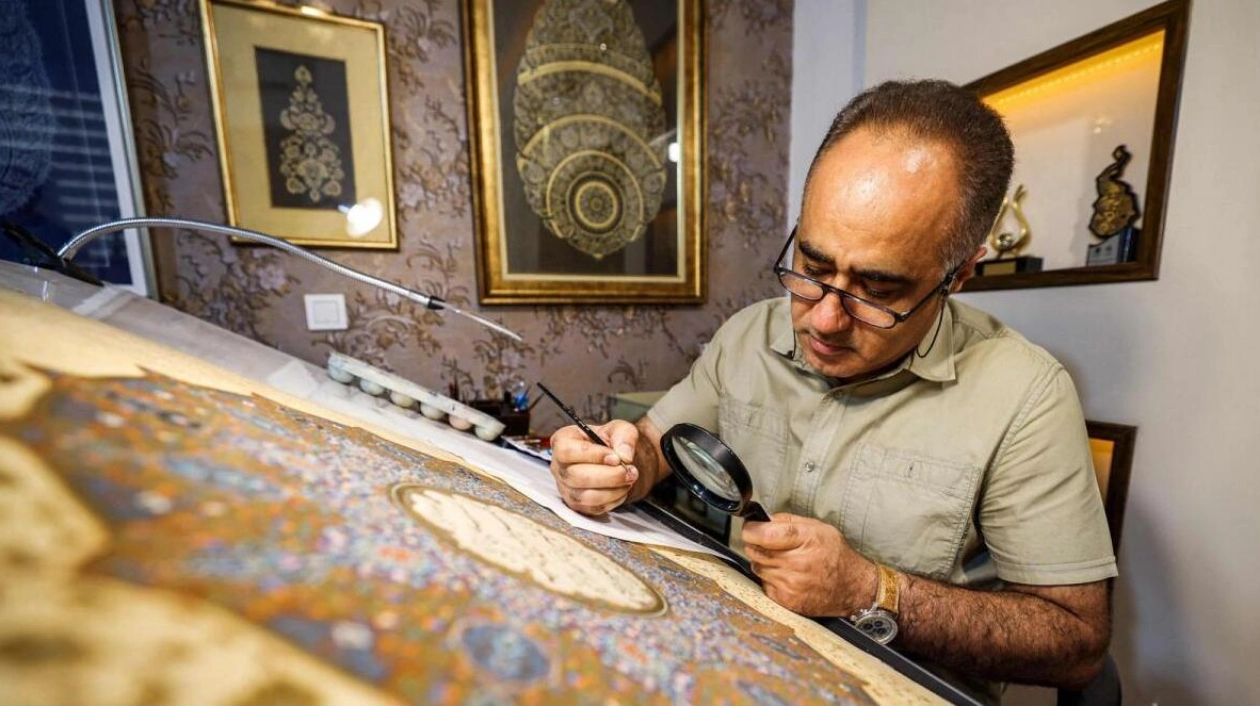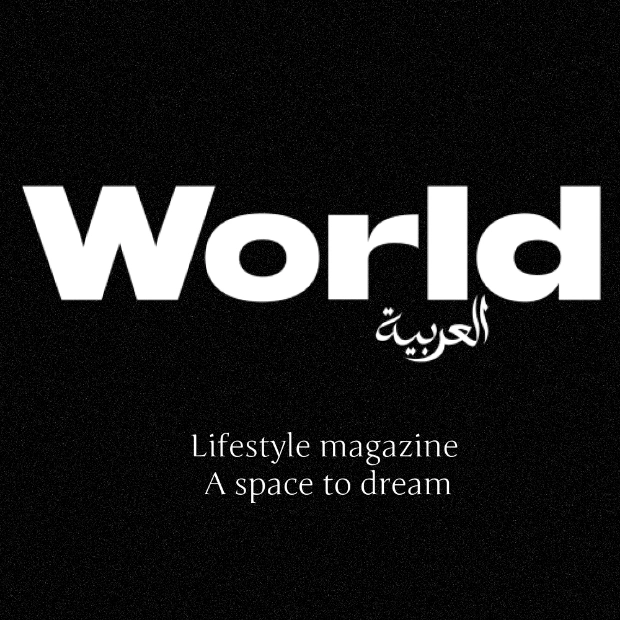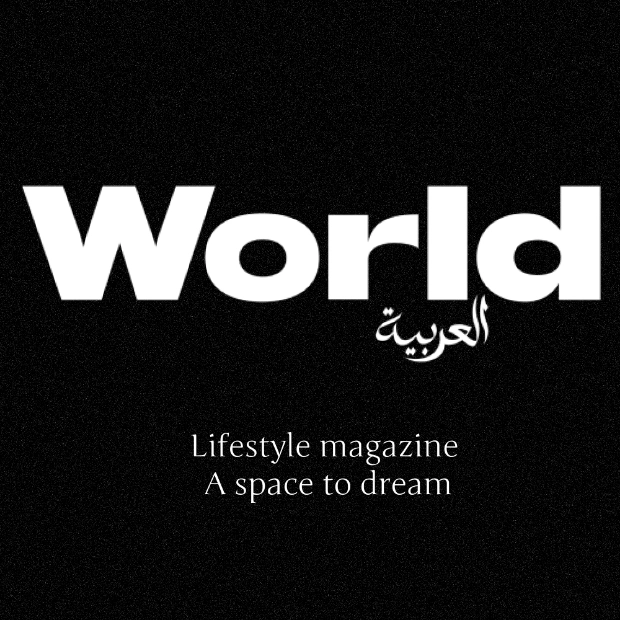Iranian artist Mohammad Hossein Aghamiri dedicates up to six months to meticulously craft each design, aware that a single misaligned line could compromise his entire creation. In an era dominated by AI-enhanced graphic design, the ancient Persian tradition of illumination stands as a counterbalance to hasty creativity. Aghamiri skillfully applies natural pigments to paper with meticulous care, producing complex floral patterns, religious symbols, and graceful calligraphy. This refined art form has historically adorned literary works, religious scriptures, royal decrees, and numerous legal and ceremonial documents.
At 51, Aghamiri is among the few remaining masters of Tazhib, an ancient illumination technique recently recognized by UNESCO as intangible cultural heritage. 'This is a highly specialized field that demands immense patience and accuracy,' Aghamiri, with over three decades of experience, explained in his Tehran studio. 'It's not a craft for everyone.' Tazhib, characterized by its non-representational and geometric elements, has traditionally embellished the margins of sacred texts and epic poems. The art traces its roots back to the Sassanian period in pre-Islamic Iran but gained prominence following the Islamic conquest in the seventh century, which prohibited figurative art.
Aghamiri often spends months on a single design, and a minor error that disrupts its symmetrical balance can necessitate starting anew. During an AFP visit, he was engaged in a shamsa design, a sun-like symbol spanning 50 centimeters, featuring intertwined abstract, geometric, and floral motifs. He began this piece four months prior and aimed to complete it in six weeks, using natural pigments like lapis lazuli, saffron, gouache, and pure gold from China. 'Gold possesses a powerful visual impact,' Aghamiri noted. 'It's costly yet elevates the perceived value of the artwork.'
Coming from a lineage of artists and craftsmen, Aghamiri's expertise spans calligraphy, miniature painting, and carpet design. His creations have been exhibited in museums across Iran and the Gulf region, where interest in Oriental and Islamic art is burgeoning. 'Eighty percent of my works are purchased in the region, particularly in the Emirates and Qatar, as well as Turkey,' he revealed. Recently, Aghamiri has attracted international attention and started teaching Tazhib online to students worldwide, especially in the United States. He also plans to conduct workshops in Britain, highlighting the fundamental differences between Persian and European illumination art, which flourished during the Middle Ages. European styles, he explained, are more figurative and include depictions of human figures, animals, and landscapes, often illustrating biblical narratives.
UNESCO recognized Persian illumination as part of the Intangible Cultural Heritage of Humanity in December 2023, following requests from Iran, Turkey, Azerbaijan, and Uzbekistan. 'Two decades ago, I was pessimistic about the future of Persian illumination,' Aghamiri reflected. 'But circumstances have evolved, and I observe a growing appreciation for this art form.'






